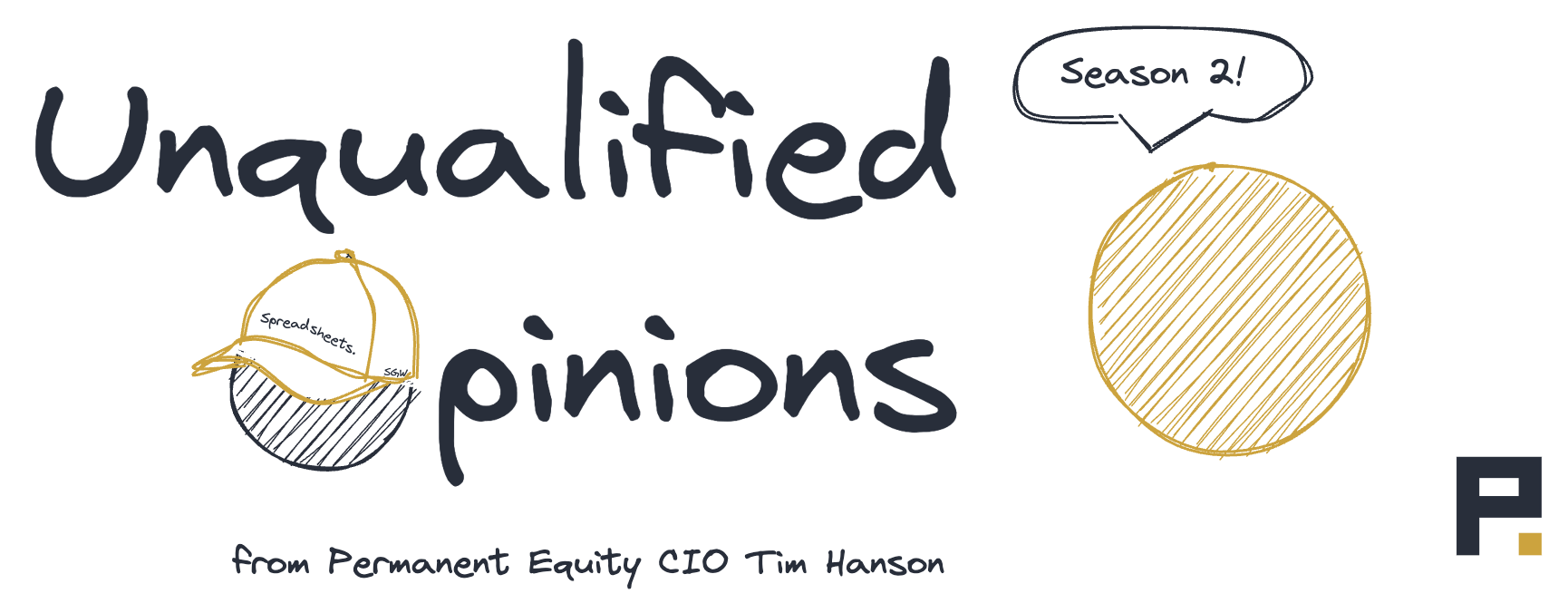Build the Box
After I wrote about how we try to stay inside the box, I received a response from Chris who said this:
The concept of the box is not a new one to me, but I am interested in how it is applied at Permanent Equity. Are there any more resources that are already published that you use to create your box? Templates, budgets, or how you think about variance? I'm looking for a little bit more detail on the actual structure and methodology.
I started to respond, but then thought if Chris was interested, others might be too, so why not reply all?
One of our weaknesses/strengths at Permanent Equity is that we don't require uniformity from our portfolio companies, so each one does a slightly different flavor of budgeting/forecasting. Further, they're all pretty different business models, so a standard specific approach wouldn't be well received. That said, each process has common elements and typically breaks down as follows:
Identify top line drivers and how those will manifest as revenue over the time period. For our construction businesses, this is as simple as looking at the backlog. For our consumer businesses, there's a bit more voodoo with regards to marketing spend and conversion rates.
Since we are typically managing to free cash flow and return on invested capital, the next step is to make sure our revenue forecasts support our spending plans with an acceptable margin in between. What's acceptable depends both on the reality of the business model and on agreed upon reinvestment priorities. Typically if we lack visibility into (1), then (2) will be tighter and/or contingent upon performance with spend unlocking over the course of the year as we gain visibility into the top line.
With those variables determined, we load monthly and quarterly projections into a spreadsheet and then track top line performance and FCF against plan, paying particular attention to earnings quality, which we define as the actual percentage of earnings that hits our bank account (ideally 90% or better). While we don't much mind monthly variance, conversations are generally prompted if earnings quality is low (i.e., how can we manage cash better?) or if greater than 20% variance persists for a quarter or more. The reason I set the bogey at 20% is that it's an acknowledgment that we live and work in the real world, that precision is false, and also that the margin profile of our businesses is usually 20% to 40%, so if we are missing or exceeding by 20%, we're probably materially over- or under-investing relative to what reality would dictate we do.
That’s what it means for us to get outside the box – when we do, it causes us to start thinking hard about turning things on or shutting them down in order to course correct. Because ultimately our goals are to earn an acceptable return on our investments and also never be surprised.
– By Tim Hanson


